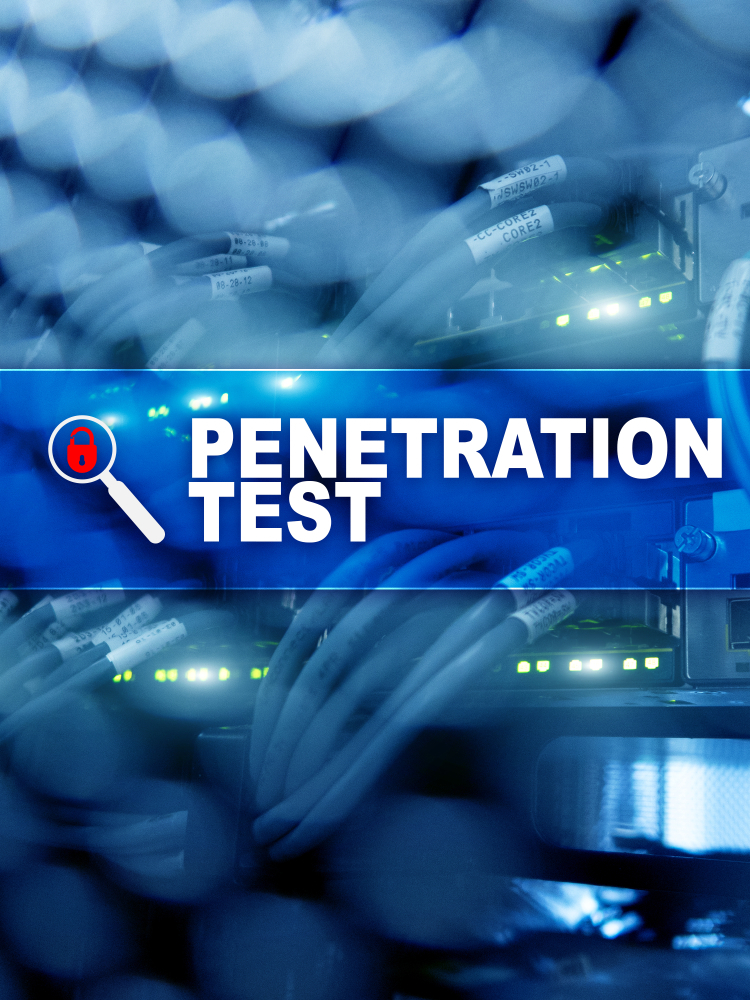The technique of penetration testing is crucial for locating weaknesses to assess the safety of an organization. A successful penetration testing engagement can reveal critical security issues and help organizations take proactive steps to secure their networks and systems. However, the effectiveness of a penetration test is heavily reliant on the quality of the final report. Writing a penetration testing report that effectively explains the findings of the testing effort will be covered in this blog article.
What is a Penetration Testing Report?
A penetration testing report is a formal document that outlines the findings of a penetration testing engagement. There are detailed explanations of the vulnerabilities discovered, examples of how they were used, and recommendations for how to fix them. Each part of the report, which usually has a large, deals with a different area of the work. These sections may include an executive summary, methodology, findings, recommendations, and appendices.
Why is a Penetration Testing Report Important?
A penetration testing report is important because it provides a clear and concise summary of the results of the testing engagement. It is a crucial tool for communicating the risks and vulnerabilities that were identified to stakeholders, including senior management, IT teams, and external auditors. The report also provides as a roadmap for correction, explaining the actions that must be followed to fix the discovered vulnerabilities and enhance the organization’s security posture.
How to Write an Effective Penetration Testing Report
Know Your Audience
The first step in writing an effective penetration testing report is to know your audience. The report should be customized to the particular wants and needs of everyone who will read it. The executive summary, for instance, should be written in plain language that non-technical can easily understand, whereas the technical results should be given to IT teams in a deeper way.
Use a Structured Format
An organized, simple-to-follow format should be used for the report’s structure. A table of contents and an explanation of the report’s goal and engagement parameters should be included. The primary body of the report should have sections for every part of the engagement, such as methodology, findings, and suggestions.
Be Clear and Concise
The report should be written clearly and concisely. Do not use technical terms or symbols that non-technical stakeholders might not be familiar with. Use simple language and provide explanations where necessary. Grammar and spelling mistakes should not be present in the report.
Provide Detailed Findings

When it comes to the findings section of the penetration testing report, it’s crucial to provide a comprehensive analysis of all vulnerabilities discovered during the engagement. The degree of vulnerability, the manner of exploitation, and the possible impact on the organization must all be highlighted in this section’s detailed description of each finding. Furthermore, the report should present the findings in an organized and easily understandable format to enable stakeholders to identify the most significant risks and prioritize remedial measures accordingly.
Provide Actionable Recommendations
The recommendations section of the report should provide clear and actionable steps for addressing the identified vulnerabilities. Each suggestion needs to be particular, given importance, and adapted to the wants and needs of the organization. The recommendations should also include timelines and resources required for remediation.
Include Appendices
The appendices section of the report should include any additional information that supports the findings and recommendations. This may include technical details about the vulnerabilities, screenshots, and logs. A logical and simple-to-follow structure should be used to arrange the appendices.
Conclusion
Writing an effective penetration testing report is critical for ensuring that the results of the testing engagement are communicated clearly and concisely to stakeholders. Applying the advice in this article can help you ensure that your report is full, educational, and useful. This will enable your organization to take active steps to secure its networks and systems.







